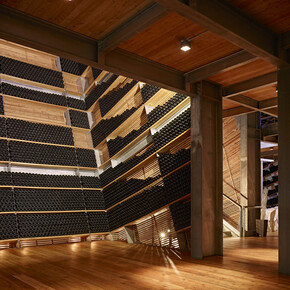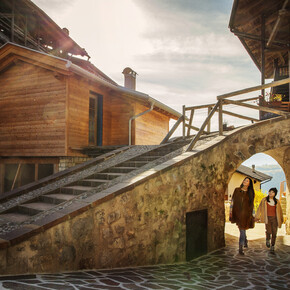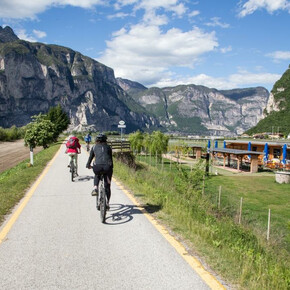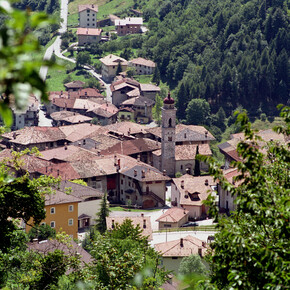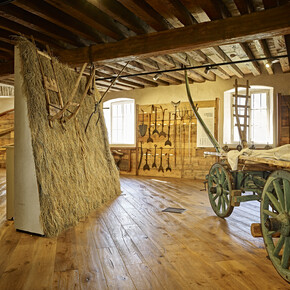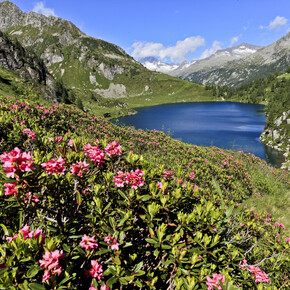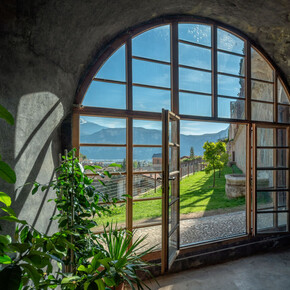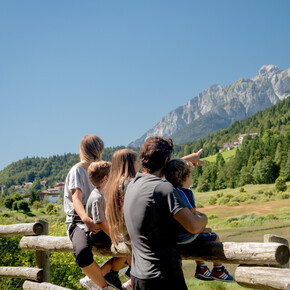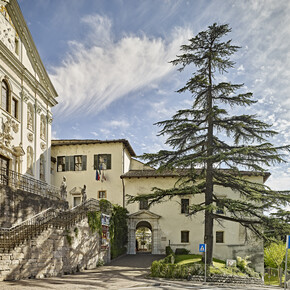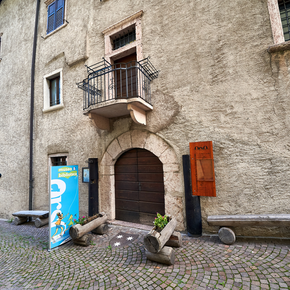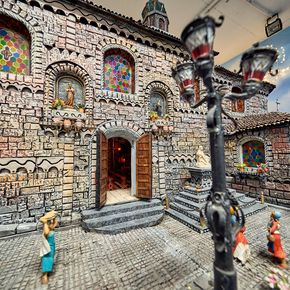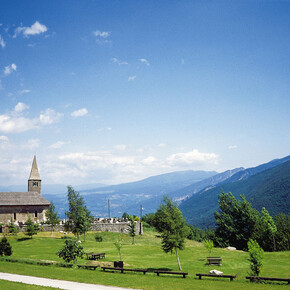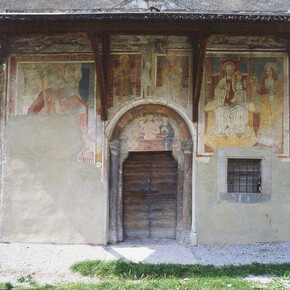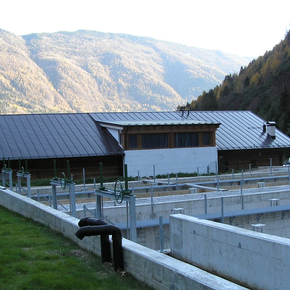Lavis
Lavis, surrounded by culture, history and wine




Lavis grew next the Avisio River, from which it draws its name. From its original, historic nucleus located at the foot of the "Paion" hill with its narrow streets called "pristoi", the hamlet soon expanded in the direction of the national roads of Brennero and Cembra as well as along the slopes of the hills towards Pressano. Today, Lavis is an important farming and commercial town, in part as a result of its closeness to Trento and the industrial area of the Piana Rotaliana.
Numerous Roman coins and barbarian tombs have been discovered here, proof that Lavis has always been - since ancient times - used to ford the Avisio. For several centuries, the town acted as a sort of "terminal" for wood, which was carried to town by the waters of the river, along which several deposits (channels called "vodi") and sawmills were found.
Sights in the area include the archbishop's church of S. Udalrico from 1450, which stands at the foot of the westernmost slope of the Dos Palon, the Casa Schuldhaus with its ostentatiously decorated ashlar-worked portal and the small Baroque church of San Giovanni Nepomuceno, while the inimitable hanging gardens of Ciuciòi - with their stairways, dungeons, protective walls and small castle - are found on the porphyry crag above.



